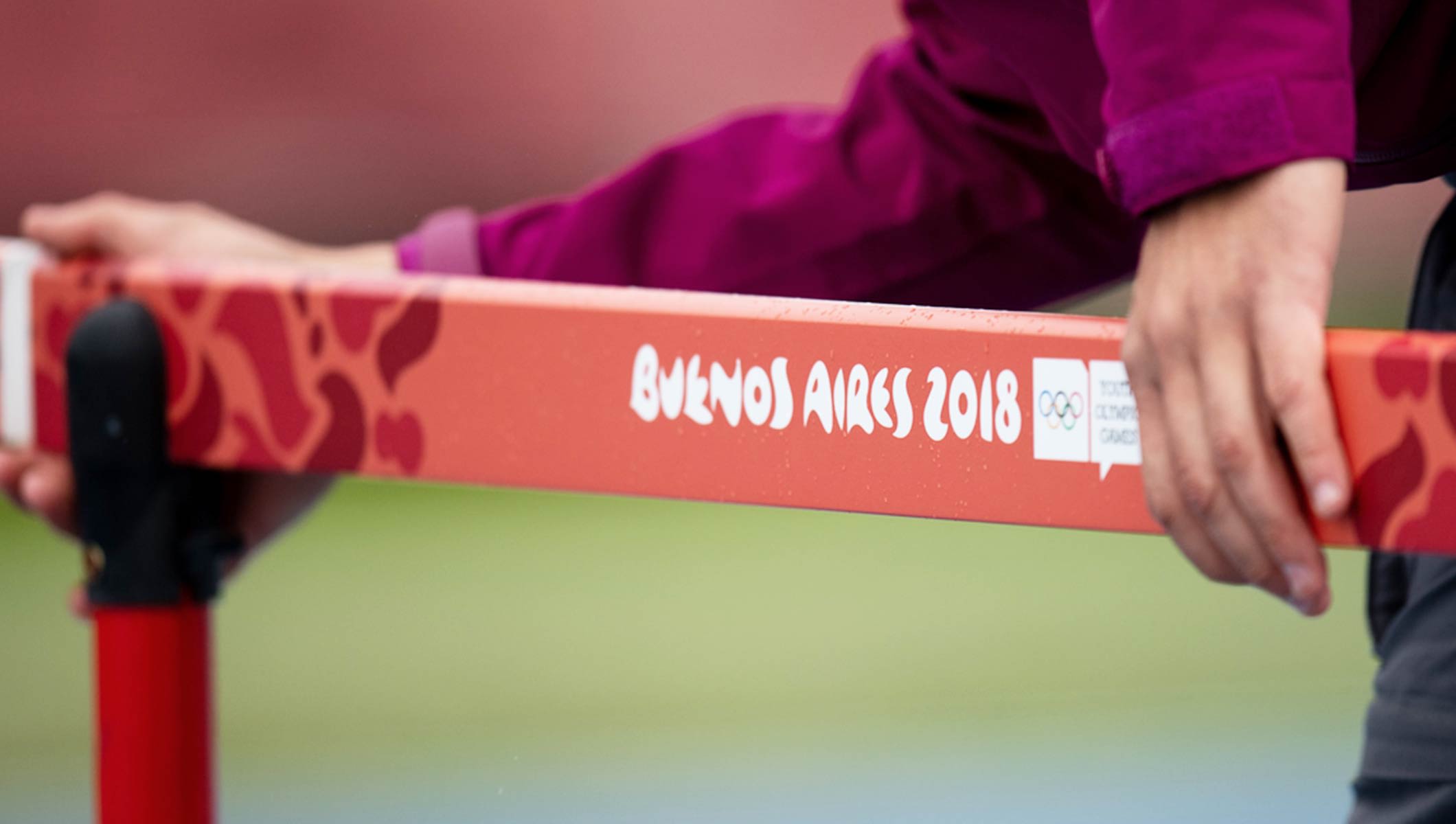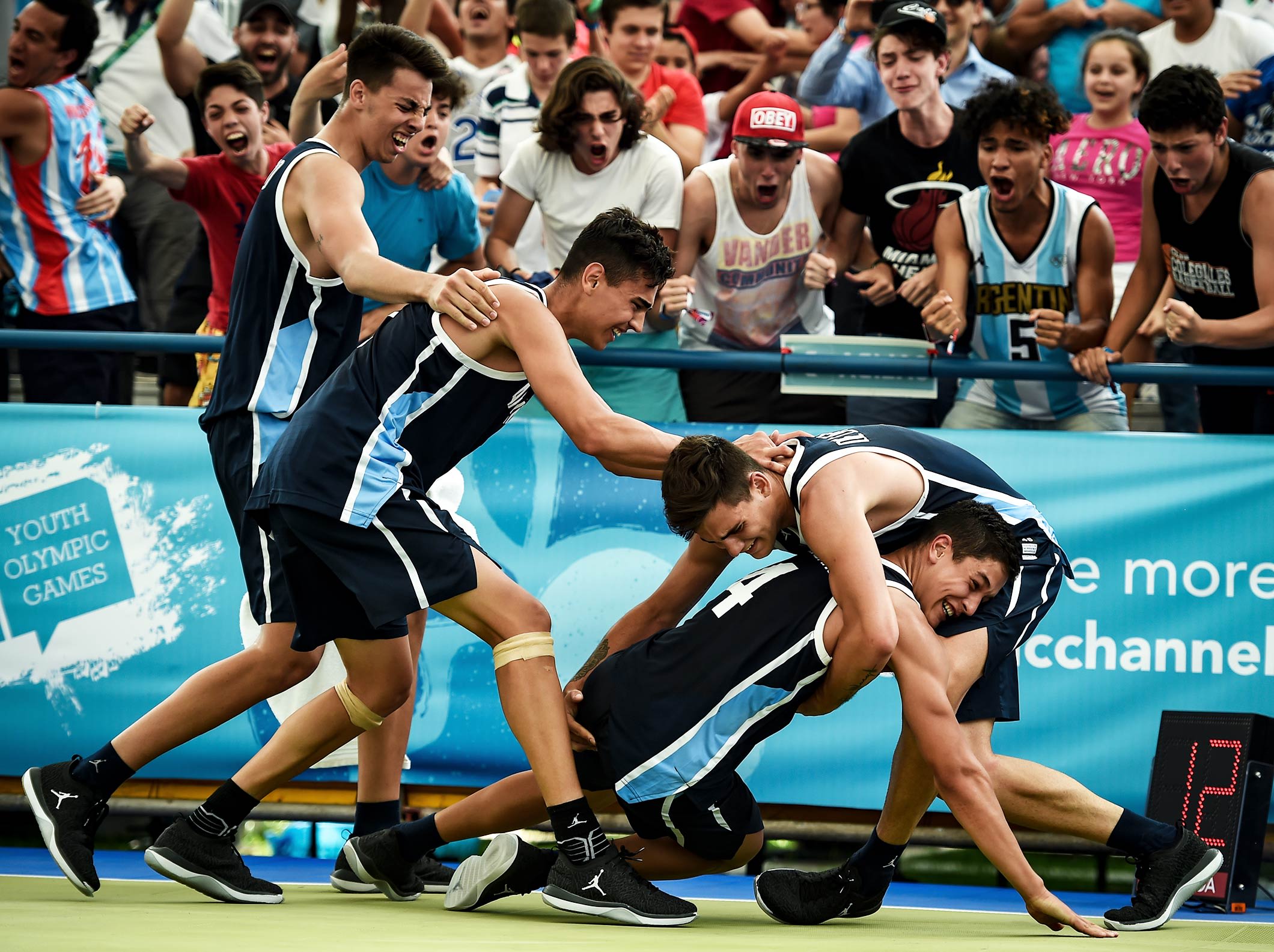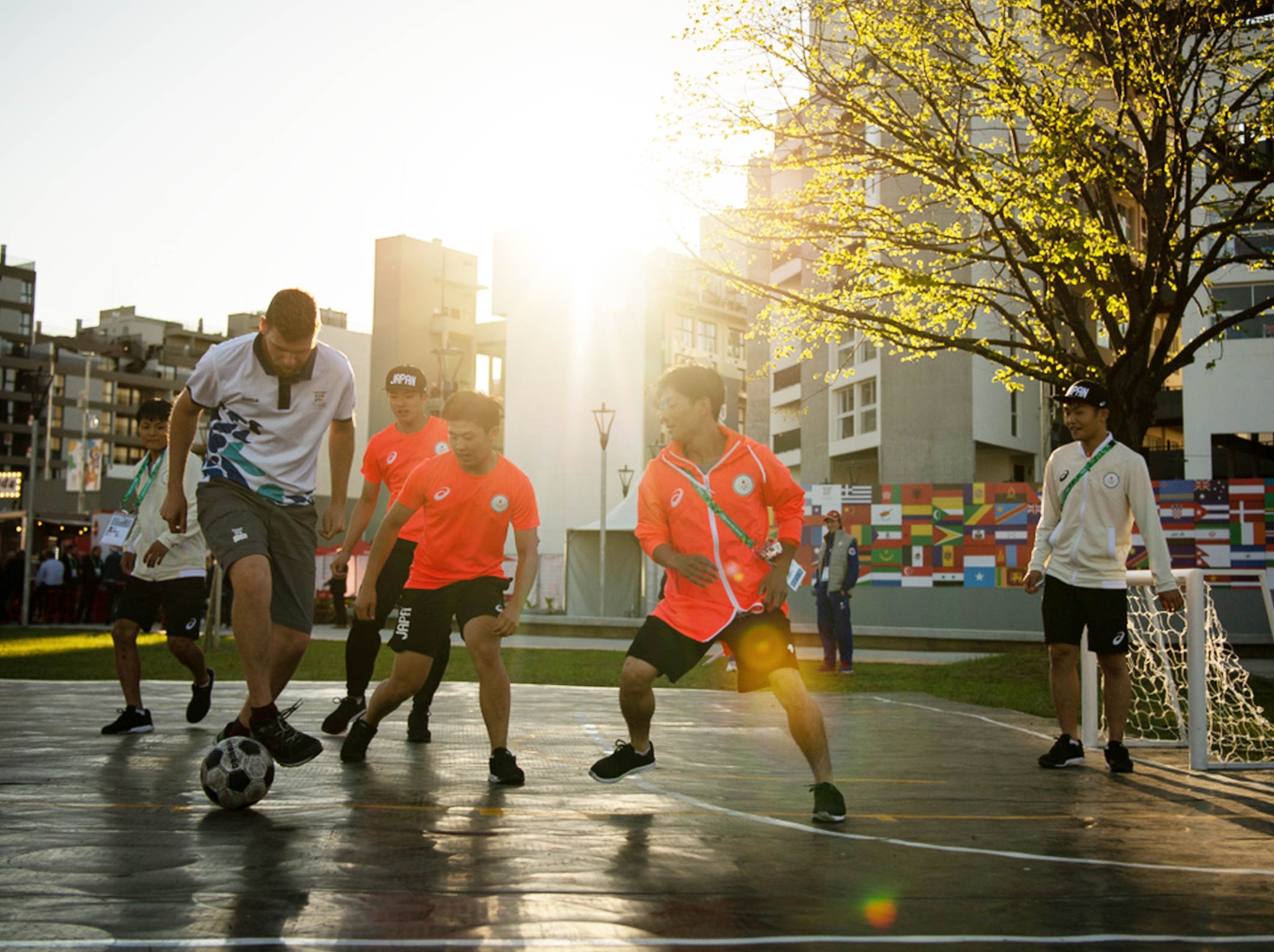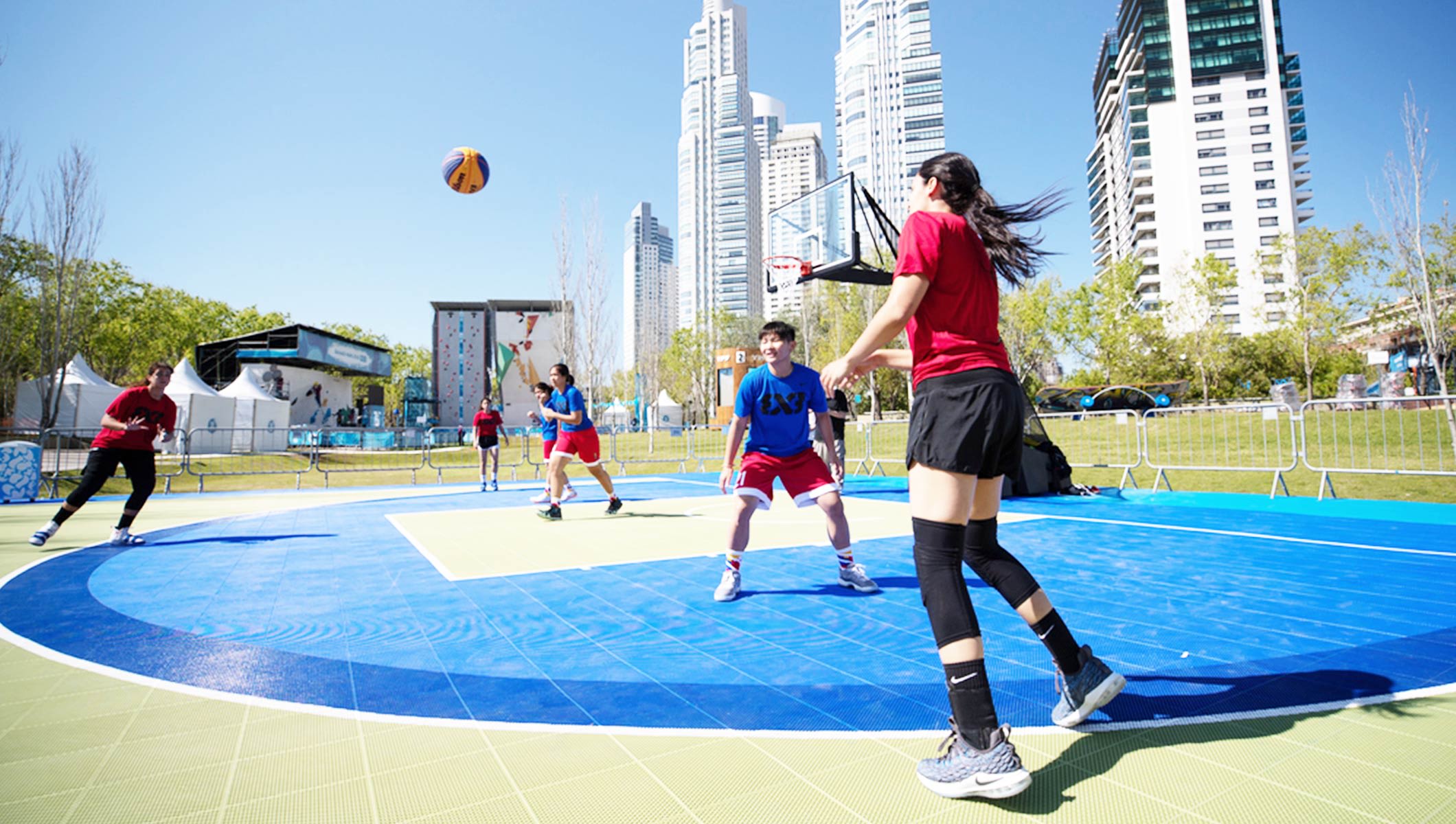BA2018 Revisited: Host city reaping long-term benefits of YOG
As we mark the two-year anniversary of the Youth Olympic Games (YOG) Buenos Aires 2018, we highlight some of the legacies that the city is enjoying as a result of hosting the YOG.
When the YOG Buenos Aires 2018 drew to a close, IOC President Thomas Bach was in little doubt about the long-term impact of the event, saying: “The Games will leave a great legacy for Argentina and Buenos Aires.” Two years on, many of those lasting legacies have already come to fruition.

Social development
As the first Olympic event to achieve full gender parity, the YOG Buenos Aires 2018 provided a significant milestone for the advancement of women in sport, while also contributing to several areas of social development in the host city.
In particular, more than one million children in Buenos Aires benefited from sports initiations and Olympic education programmes in schools and summer camps as a result of the YOG; while approximately 200,000 local schoolchildren were also able to experience the Games thanks to Buenos Aires 2018’s “The school goes to the Games” programme.
In addition, more than 15,000 volunteers were trained to help organise the largest sports event in the city’s history, with more than 120 staff members of the Buenos Aires 2018 Organising Committee trained in strategic planning, logistics, marketing, legacy and sustainability through a programme coordinated in collaboration with the Inter-American Development Bank. The skills developed by volunteers and staff alike provide Buenos Aires with the capacity to organise other global events in the future.

The Games were also a decisive factor for Buenos Aires to accelerate its Ciudad Activa programme, making physical activity projects available to the citizens, improving sporting facilities and generally promoting healthy and active lifestyles. As a result, Buenos Aires became one of the first cities worldwide to be officially certified as a Global Active City.
In addition, Worldwide Olympic Partner Toyota helped deliver a mobility legacy for Buenos Aires through the creation of a mobility car rental platform using official vehicles provided by Toyota for the Games.

Sports development
Ahead of the YOG, Buenos Aires launched several infrastructure projects to improve its existing sports facilities and develop new venues where a long-term need was identified.
The development of the Youth Olympic Park, for instance, is now providing the Argentinian capital with a new, state-of-the-art, high-performance training facility for the country’s top athletes. The park, which hosted 13 of the 32 sports on the YOG programme, includes swimming pools, athletics tracks and hockey pitches, as well as courts for basketball, beach volleyball and beach handball.
Nearby, the installation of a sliding roof at the Mary Terán de Weiss stadium, which housed the broadcast centre during the YOG, has now created the largest indoor arena in Argentina, with capacity for more than 15,000 spectators. While previously used only for tennis, the arena will now be able to host many other sports, including basketball and volleyball, as well as cultural events.
Much of the equipment that was used during the YOG – including 785 indoor footballs, 400 hockey balls and 600 beach volleyballs – has been donated to local sports federations. The YOG also represented an opportunity to train a new generation of technical officials, with 432 officials receiving training through the International Federations’ initiatives, creating a positive legacy for sports management skills at a national level.

Urban development
Hosting the YOG formed a key part of a long-term development strategy for Buenos Aires, with the event acting as a catalyst for several major urban infrastructure projects in the south of the city.
The construction of the Youth Olympic Village, for instance, is providing a long-term legacy of affordable housing. Following the conclusion of the YOG, the Village was converted into apartments for more than 6,000 people, creating a new neighbourhood within the city. The complex includes more than 1,100 one-, two- and three-bedroom apartments, as well as 3.5 hectares of green space.

As part of the city’s masterplan for the redevelopment of this southern part of Buenos Aires, the facilities of the nearby Cecilia Grierson Hospital and other community health centres were also improved. A new Metrobus route, connecting the south area of the city with the Centro de Transbordo Constitución, is also benefiting 250,000 residents, while the newly-built Puente Olímpico Ribera Sur (Olympic Bridge Southern Shore) – so-named after a vote by local residents – now connects the Cámpora Highway in the City area with the Osorio and Manuel Castro Avenues in the province of Buenos Aires, carrying up to 300,000 vehicles per day.